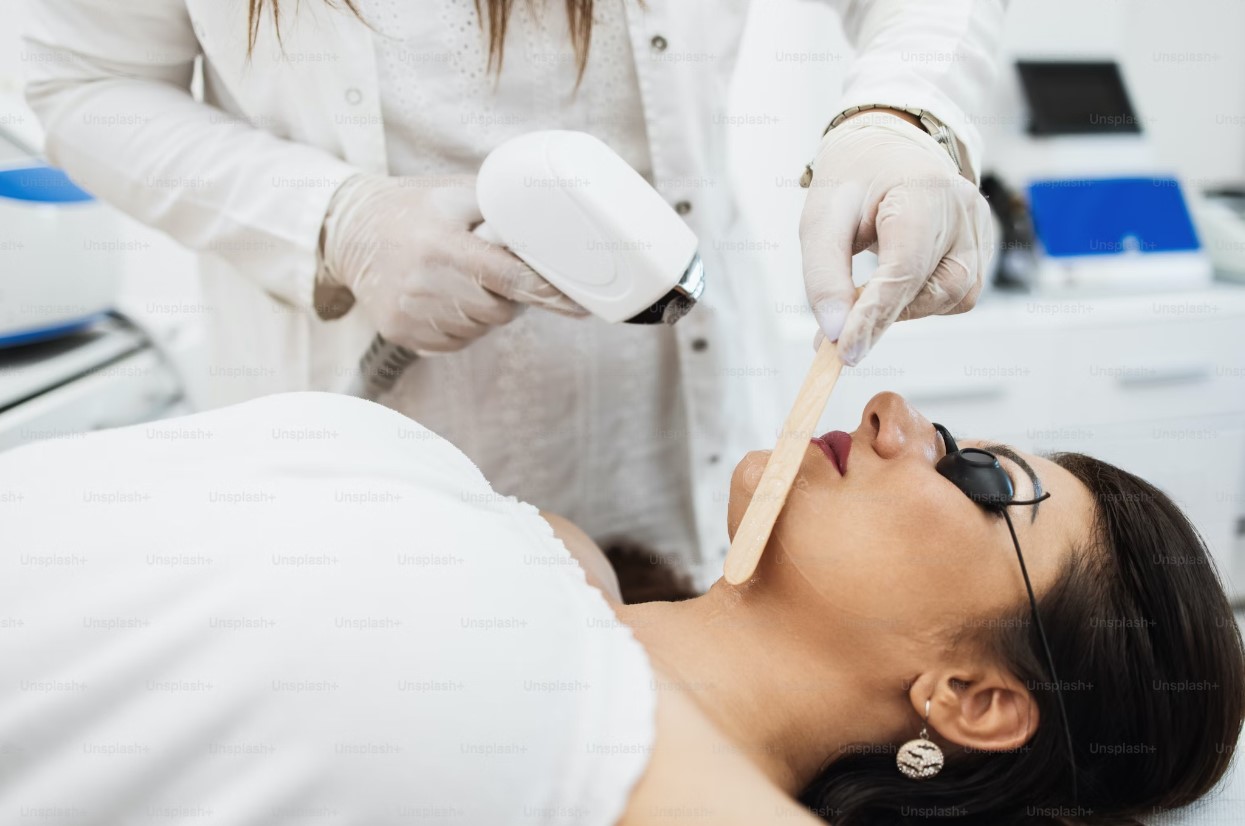
Many traditional hair removal methods exist, such as epilator, waxing, plucking, and shaving. While these are affordable and satisfying, they may still be lacking when providing longer relief from hair growth, leaving behind smooth and soft skin. That’s where revolutionary hair removal treatments like laser gain attention. Of course, it’s expensive, but the effects of the treatment make you forget everything else. The hair growth on unwanted areas can almost become a thing of the past. However, a lot of unknown stuff about this treatment makes people curious. For example, you may have bumped into something like the Fitzpatrick scale and wondered what it is.
Like you, anyone searching for laser hair removal near me can see this. So, let’s unravel a few things about the Fitzpatrick scale to understand how this laser process works.
Fitzpatrick scale overview
It is a numerical system to segment skin types based on their interaction with the ultraviolet (UV) light. The scale earned its name after renowned dermatologist Dr Thomas Fitzpatrick. Fitzpatrick scale lists skin types from 1-6 based on the color. The lightest tone is marked Type 1, and the darkest is Type 6. It helps to determine the level of skin sensitivity to the sun. People with softer skin tend to be more sunlight-sensitive. However, this segmentation also considers other skin characteristics, such as hair color, eye color, etc. Professionals use this scale to offer the best skincare solutions to individuals.
Laser hair treatment and Fitzpatrick skin types
Aesthetic and laser technicians depend on this scale to determine the usefulness of lasers on various skin types. They can also adjust the laser strength depending on the skin’s sensitivity to the light and their response to the sun. For example, skin marked as Type 6 on the Fitzpatrick scale may not be the best candidate for laser due to burning risks. However, other factors also weigh in. For instance, someone with different skin and hair colors can benefit hugely from the treatment. Suppose you have light skin and dark, dense hair. You can expect laser treatment to be successful. Earlier, only skin types from 2-4 benefited from the laser therapy. However, technological advancement has helped technicians extend the benefits to someone with the darkest or lightest skin tones.
Do you want to know who belongs to the Type 2 to Type 4 category? Type 2 skin type on the Fitzpatrick scale includes Caucasians with blue eyes and blonde hair. These people rarely become tanned. Type 3 candidates consist of people with medium skin complexion. Their skin can become brownish after sunburn. Type 4 skin types are people with olive or light brown skin color. They can tan, but the risk of burn is limited.
Hence, don’t be surprised if a laser technician measures your skin tone using the Fitzpatrick scale. They must do this to ensure they use the right amount of UV light for treatment and expose the patients’ skin to light for the proper duration. As a result, the risks of irritation and other problems remain at bay.

